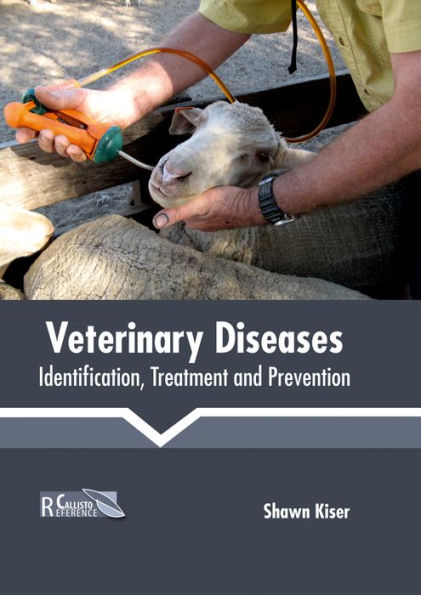Home
Ethnoveterinary Medicine: Present and Future Concepts
Barnes and Noble
Ethnoveterinary Medicine: Present and Future Concepts
Current price: $279.99


Barnes and Noble
Ethnoveterinary Medicine: Present and Future Concepts
Current price: $279.99
Size: Hardcover
Loading Inventory...
*Product information may vary - to confirm product availability, pricing, shipping and return information please contact Barnes and Noble
The importance of a complementary approach to animal health is highlighted in this book, with core themes encompassing reviews of traditional veterinary medicine for common diseases afflicting livesk, as well as local practices in different areas of the world. The book includes chapters on ethnoveterinary medicine used to prevent and treat ticks and tick-borne diseases, infectious diseases and parasites. Ethnoveterinary practices in parts of the world which have not been comprehensively reviewed before are highlighted, including Estonia, Belarus and the Maghreb - the north-western tip of Africa. A fascinating account of African ethnoveterinary medicine and traditional husbandry practices is provided by a veteran in the field with a wealth of practical experience in the area. Neglected areas of research involve the relationship of ethnoveterinary medicine with environmental, ethical, cultural and gender aspects, and leading experts explore these issues.
The book is intended to provide an informative compilation of current research and future prospects in ethnoveterinary medicine, which hopes to inform and encourage investigations in new directions. Sustainable development requires a concerted effort to combine indigenous knowledge systems with scientific research to improve animal health. This is the case not only in rural areas where access to orthodox veterinary health care may be limited, but also against the backdrop of antibiotic resistance and increased demand for alternative and complementary therapies to enhance the health of both production and companion animals. Students, academics and veterinary professionals will find this book a useful addition to knowledge on present and future aspects of ethnoveterinary research.


















